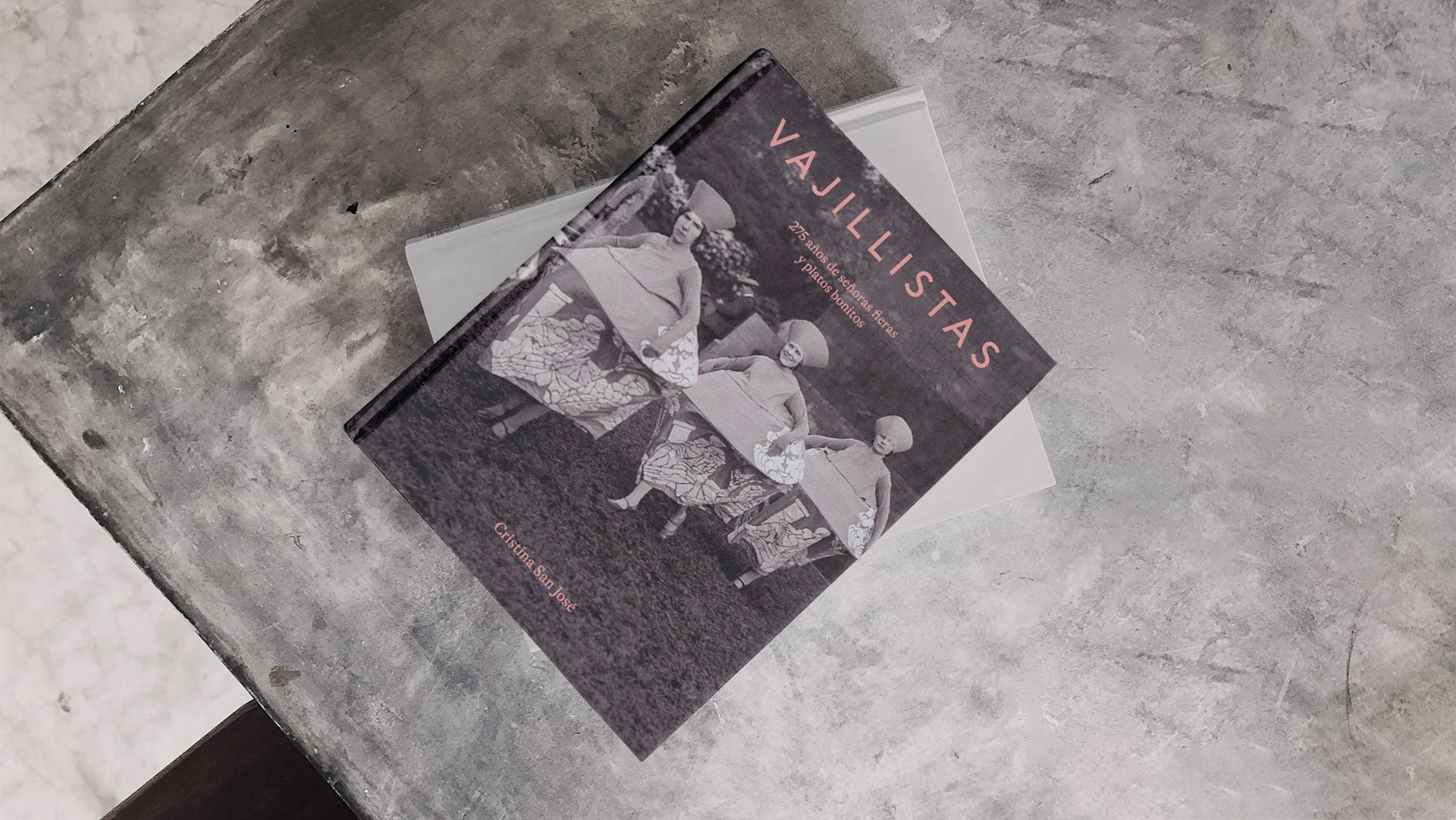





The Louvre. The History. The Collections. Architecture
Geneviève Bresc-Bautier
ISBN: 978-84-120107-0-1
Year: 2020
Pages: 616
Illustrations: 590
Binding:
Size: 23 x 23 cm
Published by: Madrid, El Viso Editions
Every year, more than ten million people visit the Musée du Louvre, which displays more than 35,000 works across 68,000 square meters. With the creation of the Department of Islamic Arts, the Louvre-Lens, and the Louvre Abu Dhabi, it has reaffirmed its worldwide prestige. Its history begins in the 12th century, when King Philip II ordered the construction of a fortress to protect Paris. Later, under Charles V, it became a royal residence, expanded and embellished by the Valois and Bourbon dynasties. Over the centuries, prominent architects and artists worked on its transformation. In the 18th century, it was home to art academies and a home for artists. In 1793, it opened as a public museum under the name of the "Muséum des Arts." Since then, its collections have grown through acquisitions, finds, donations, and bequests. The "Grand Louvre" project in the 1980s, with the pyramid by Ioeh Ming Pei, marked a milestone in its evolution.
Choose options









